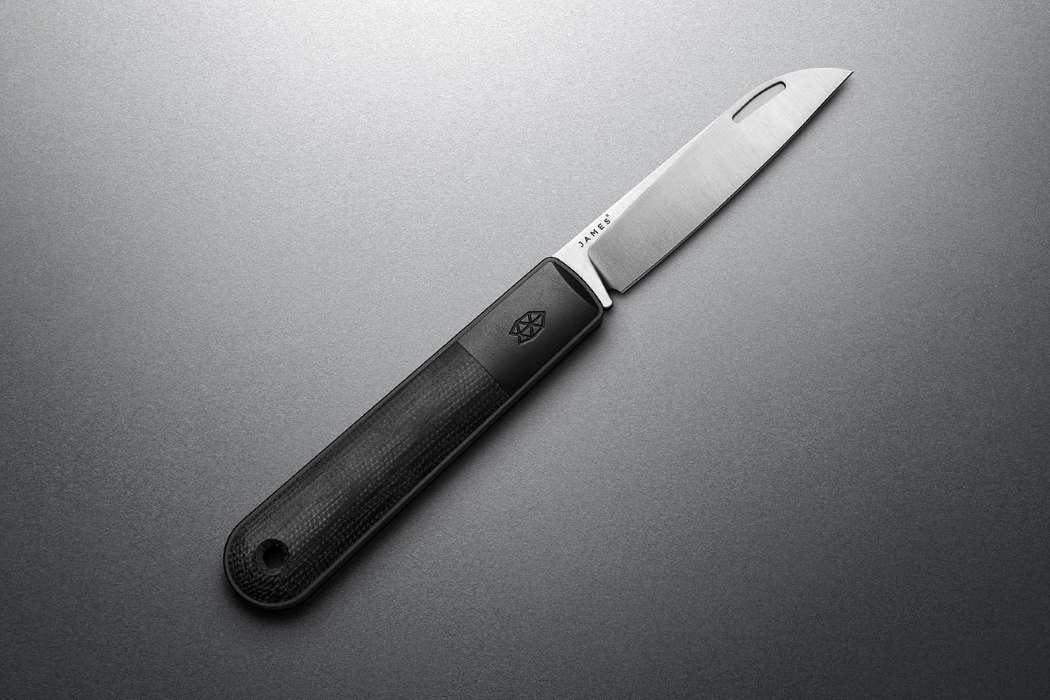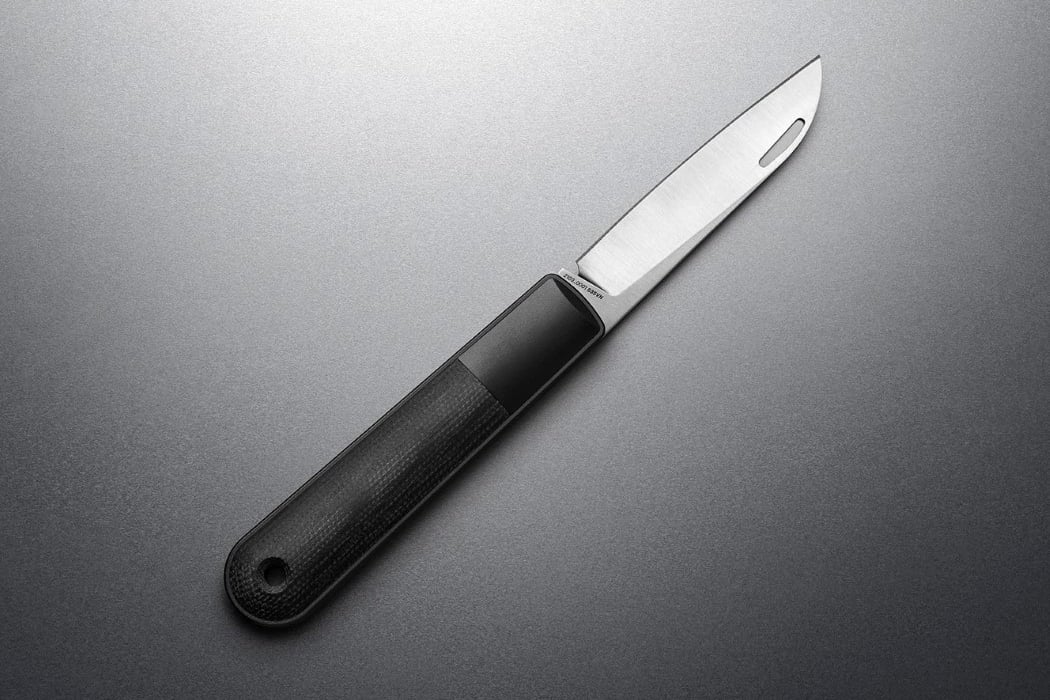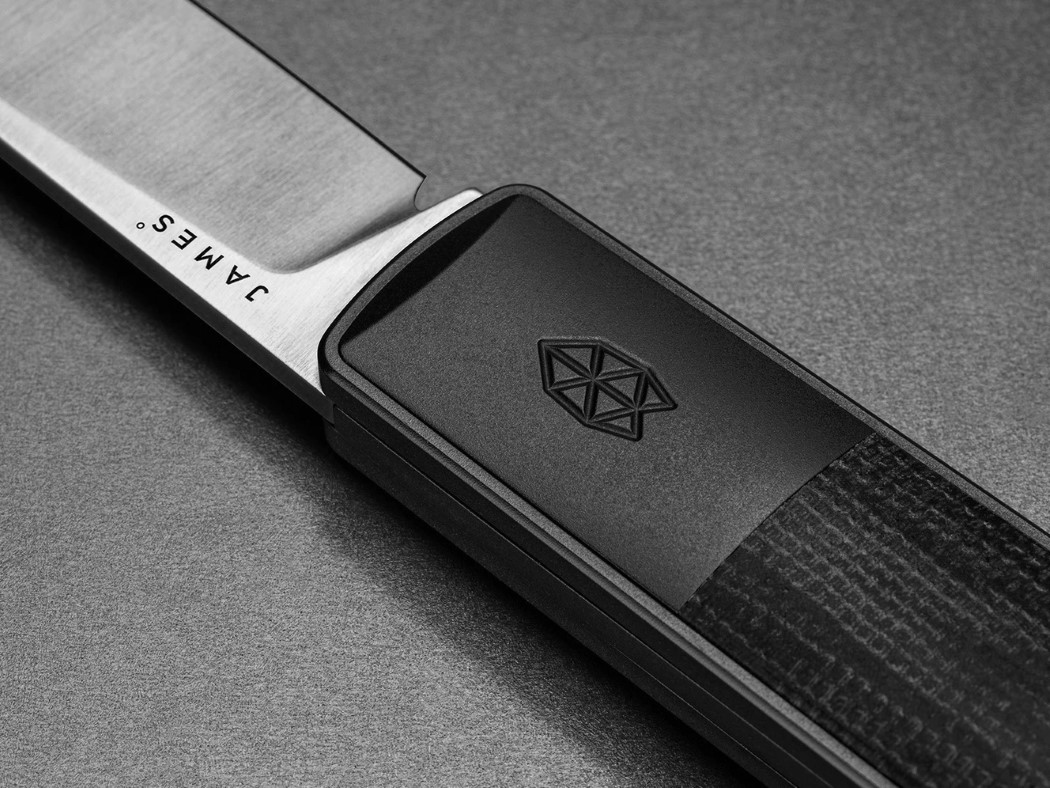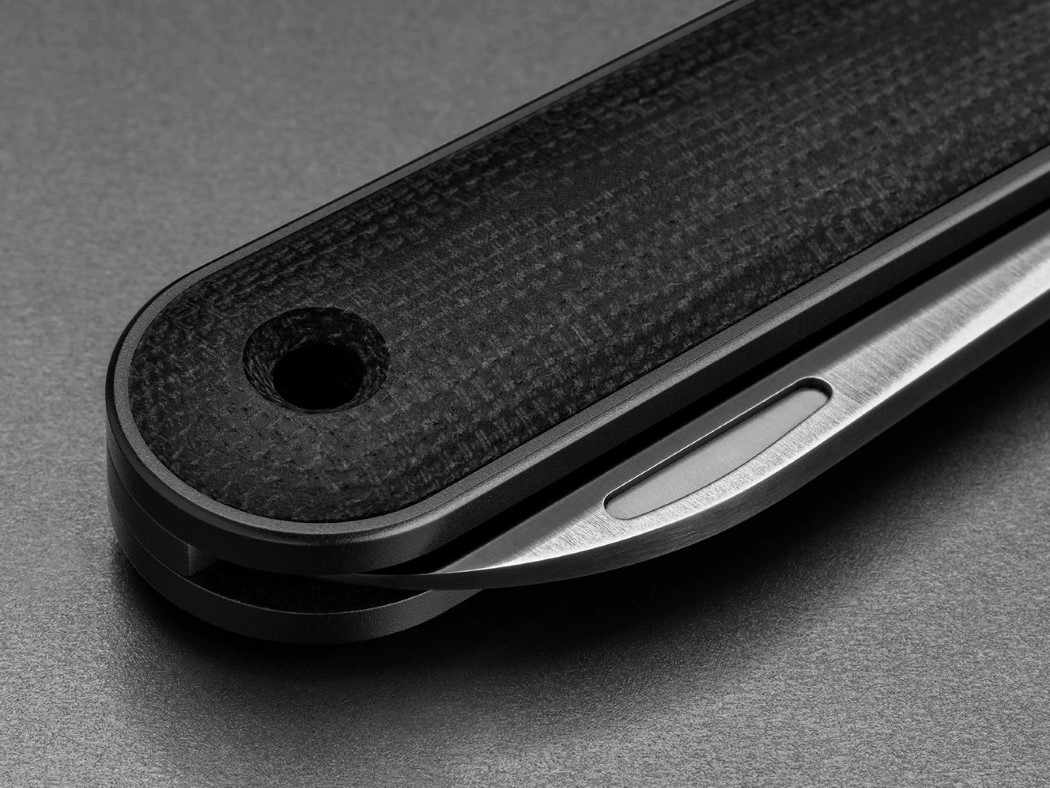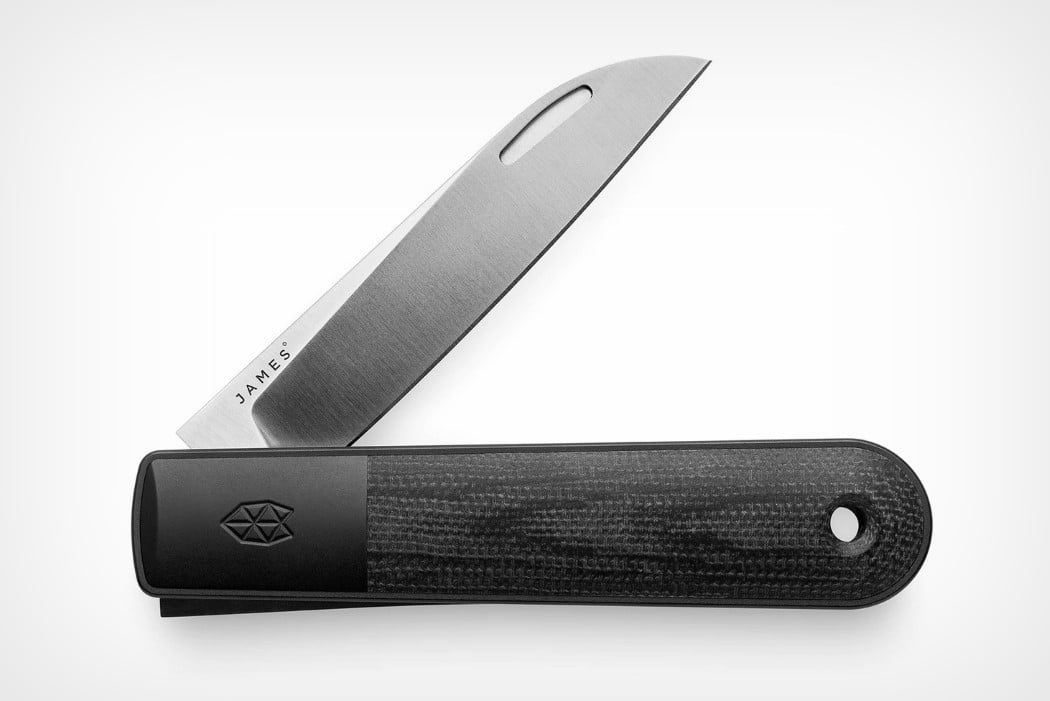
You’ve seen some form of the Barlow knife at least once in your life. An icon of EDC, the Barlow was created over three centuries ago in England and perfected in America, quickly becoming Americans’ preferred blade over the years. The Barlow was such a crowd favorite, Presidents Washington and Lincoln never left home without theirs, and Mark Twain felt called to mention the tool in two of his iconic works. The James Brand’s Wayland aims at reinventing the Barlow, making it look and feel more sophisticated. The pocket knife comes with a S35VN Wharncliffe blade, fitted within a stainless steel handle that’s outfitted with Micarta, a composite that uses fabric and plastic to create a unique-looking handle with a one-of-a-kind grain.
The Wayland knife’s appeal lies in its ability to maintain the Barlow’s design cues and proportions, with new-age materials, a non-locking slip joint format, and an exterior that is absolutely devoid of any mechanical details. There isn’t a single screw, or lock, or functional element in sight. Every inch of the Wayland knife is designed to be an absolute pleasure for your eyes and your hand, and thanks to its Barlow-esque proportions, that comes pretty easy! The Wayland knife weighs a mere 2.8 oz (78 grams) and comes in a neat pocket-friendly size when folded. Moreover, a hole running through the base of the handle allows you to instantly attach a paracord or lanyard to it, letting you strap it to a bag or secure it around your neck… although it’s called a ‘pocket’ knife for a reason!
Designer: The James Brand
